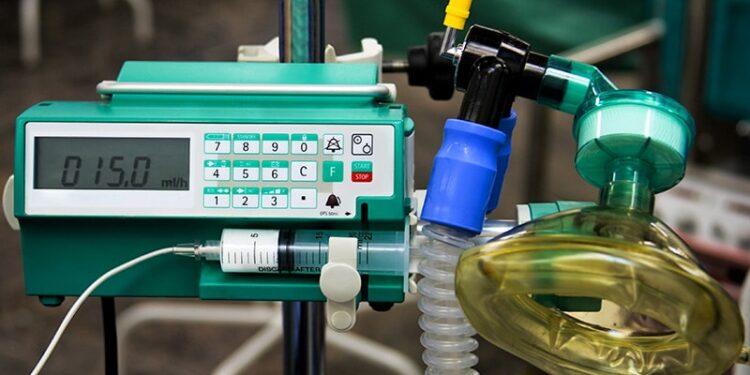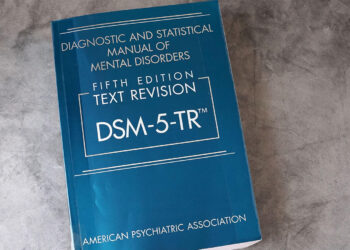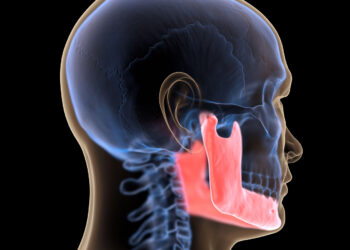Stocking and restocking anesthesia carts is tedious and meticulous — and it’s highly regulated. Anesthesiologists have direct and extensive access to controlled drugs in a hospital setting, particularly potent opioids and sedatives, which makes these processes vulnerable to the potential of abuse.
Within the anesthesia ecosystem, the doctor has a partner in the stocking and restocking process, and that’s the hospital pharmacy staff. This team has so much reporting to do: logging which medications were used by which operating teams and on which patients — data that ultimately get reported to the Drug Enforcement Administration. Errors in any part of the dispensing, stocking, and securing process could result in waste, fines, medication errors, or worse.
Hospitals have been on the search for help. Several companies have focused on what’s called RAIN RFID. The technology uses passive ultrahigh frequency waves to essentially perform the function of Bluetooth or Wi-Fi for short-range device communication. It’s available to hospitals to help with everything from patient tracking to equipment security and compliance.
For anesthesia departments, the company Intelliguard created what it calls the Mira Ecosystem. It’s built on RAIN RFID and monitors each vial of medication through its entire journey, filling clinical, compliance, and supply chain functions.
Tray Setups and Refills Are Quick, Easy, and Traceable
According to Intelliguard, about 90% of its systems are currently deployed to serve anesthesia departments. When vials of medication arrive at the pharmacy, a technician applies the Mira tag to each vial, and immediately, the system begins tracking each individual one.
“Our system reads each of the 96-bit unique IDs and then associates those unique IDs with the medication. So now each of those IDs is associated with rocuronium, for example, and the company that made it, the serial number, and the expiration and the lot number,” said Paul Elizondo, Intelliguard’s chief innovation officer. “From then on, when our system sees that 96-bit unique ID, it associates it with the medication in a database. It displays that on the screen, and we know exactly what that medication is now.”

The system tracks each vial of medication throughout its journey at the hospital, giving pharmacy managers and hospital administrators instant, real-time visibility into where each vial is and when. In terms of daily pharmacy tasks, making up medication trays for anesthesiologists is made nearly foolproof, reducing medication errors.
“The hospitals using our system will place these RFID-tagged medications into the tray, then they will place that tray into our enclosure,” said Elizondo. “In 6 seconds, we read every single tag in that tray, and we let them know if that formula, if what’s in the tray, matches the formulary to which they’re building right at that time.”
The system can also check to ensure there are no expired or recalled medications in the tray. The real-time savings come, though, when the anesthesiologist returns the tray at the end of the day.
Rady Children’s Hospital in San Diego is using this system. Performance improvement pharmacist Ann McKinstry explained some of the ways that she’s seen return on investment gains.
“Pinpointing the medication location has allowed for a more rapid response to expiry, recalls, and patient care events,” McKinstry said. “Inpatient pharmacy inventory is tightened by offering a streamlined data review to analyze usage and reducing waste by tightening supply on hand. In addition, RFID tags allow accurate controlled substance reconciliation by monitoring usage, waste, and replenishment down to the minute.”
Real-Time Tracking of Medication Location Saves a Life
Knowing exactly where your medications are on a real-time basis isn’t just important: It can be a matter of life and limb. For example, if a patient with a deadly North American pit viper bite is rolled into your emergency department, as happened at a Bartow, Florida hospital at 1 AM on May 4 — you’d definitely want to know if you have antivenom on hand.
Bartow was out. They reached out to Prodigy Health, distributor of specialty pharmaceuticals that supplies medicines to hospitals on a consignment basis. Prodigy runs a 24-hour switchboard and uses RAIN to gain visibility into what is being dispensed by each hospital. The antivenom was quickly located at a hospital in Lutz, Florida, one that had a RAIN RFID cabinet. The request was made, the antivenom was transferred, and the day was saved.

Before this technology, “This process was manual and time-consuming. Now, with reliable data integrating into our system every 6 seconds, we’re able to provide immediate, confident answers to customer inquiries about medication availability and delivery timelines,” said Ty Dishman, CEO of Prodigy Health. “Instead of saying, ‘I think it’s there — let me check and call you back,’ we can act quickly and efficiently, ensuring life-saving medications are mobilized without delay.”
The Competitive Landscape
RFID systems are nothing new in the healthcare environment. They’re commonly used to track medical equipment and inventory, as well as in staff badging systems. Its use in medication management is fairly recent.
Terso Solutions offers a similar suite to the Mira Ecosystem, with the exception of Intelliguard’s direct-to-operating room tray system; Avery Dennison Medical and Healthcare provides a wide range of pharmaceutical labeling options, and some options include RFID.
Source link : https://www.medscape.com/viewarticle/revolutionizing-anesthesia-drug-management-and-integrity-2025a1000inf?src=rss
Author :
Publish date : 2025-07-15 07:44:00
Copyright for syndicated content belongs to the linked Source.











